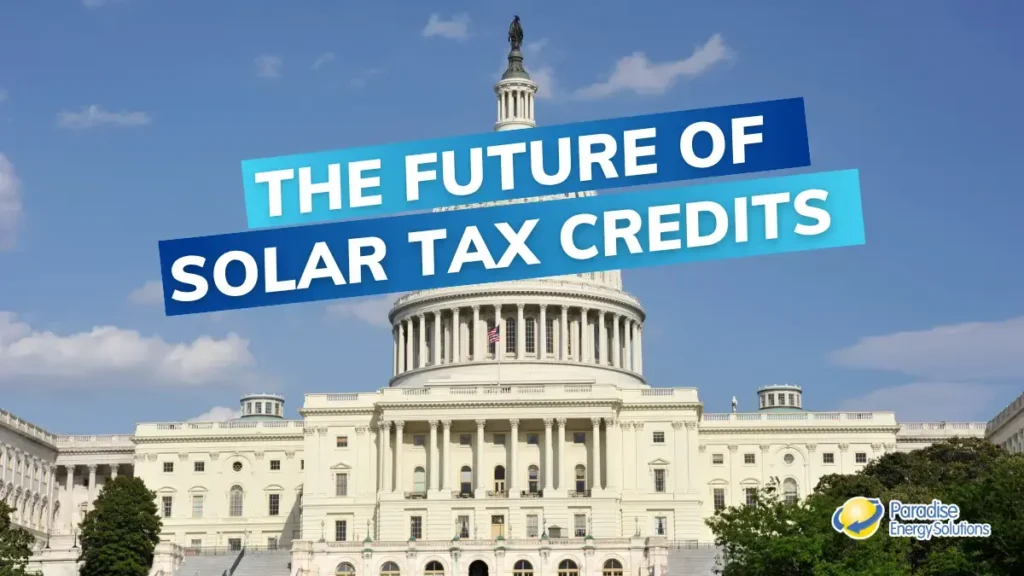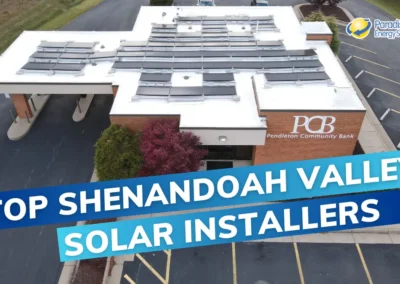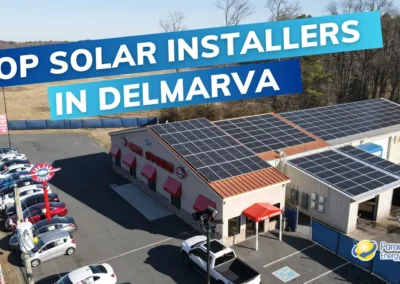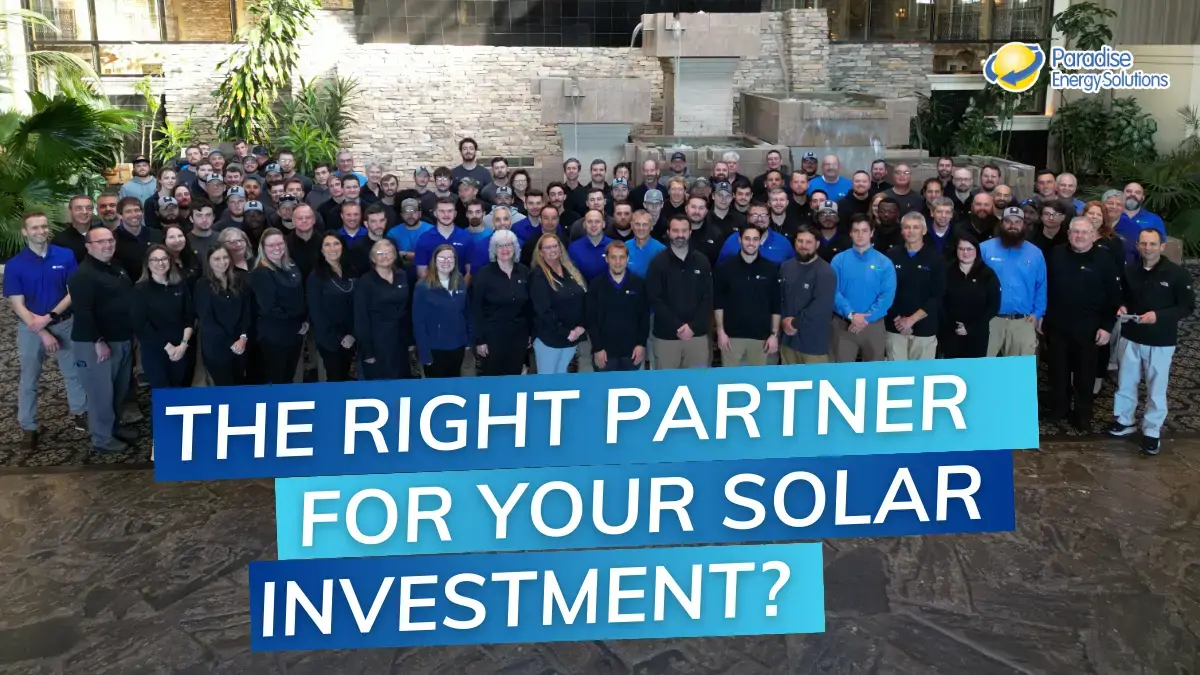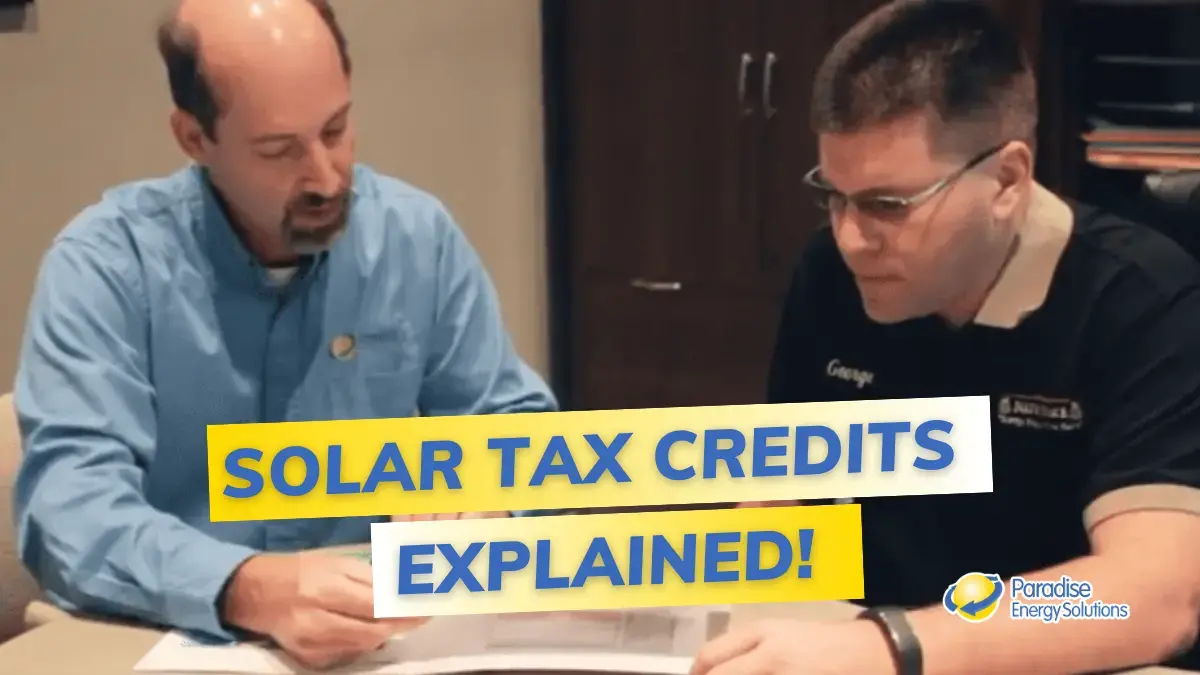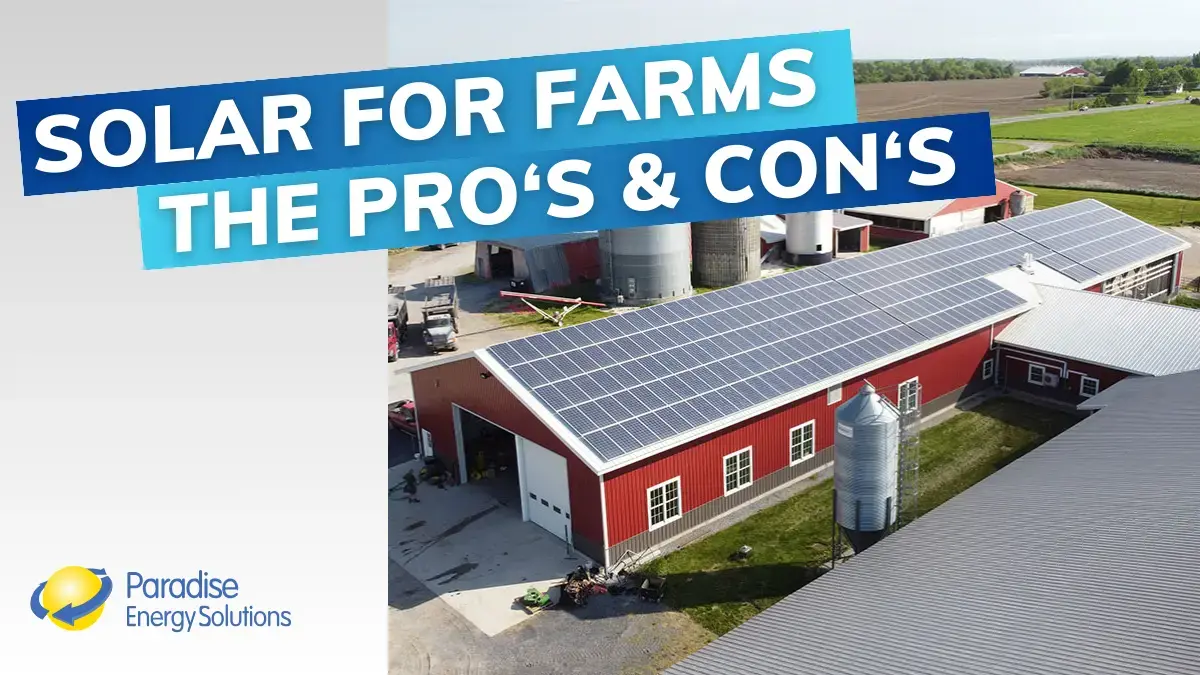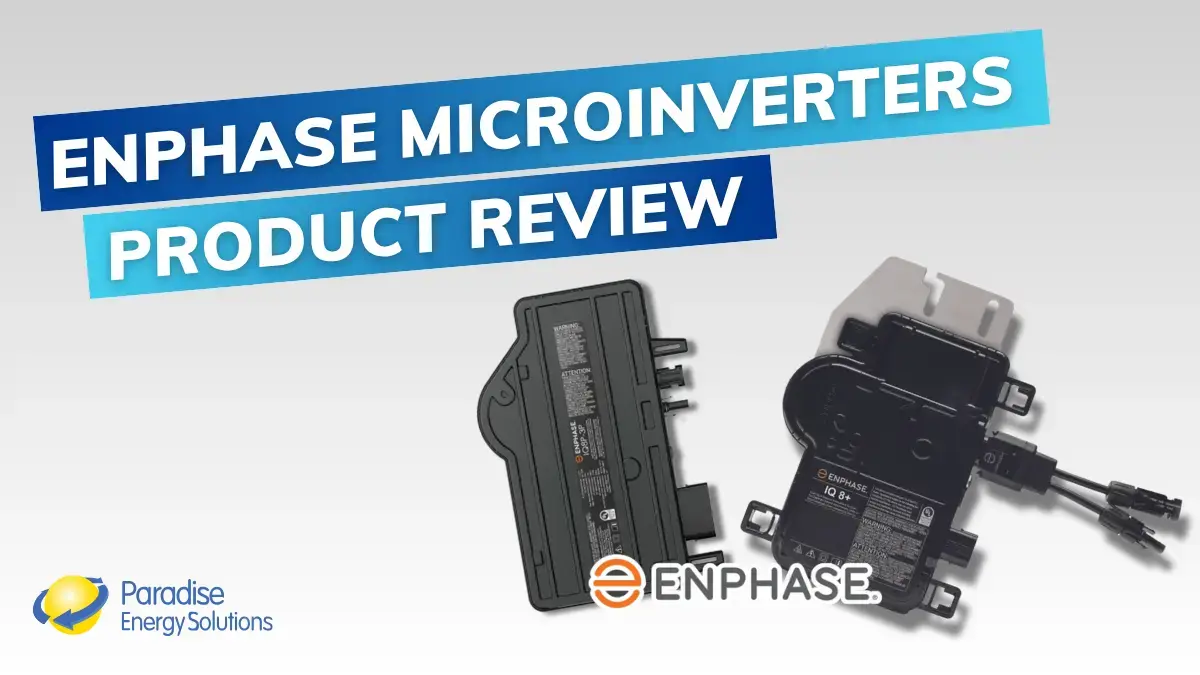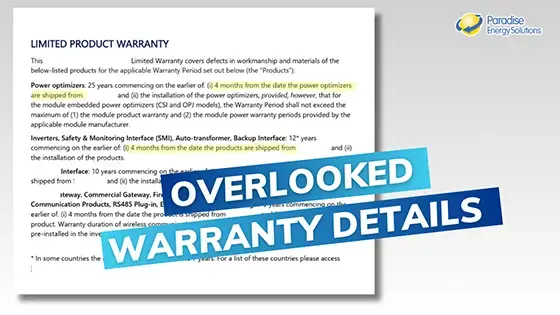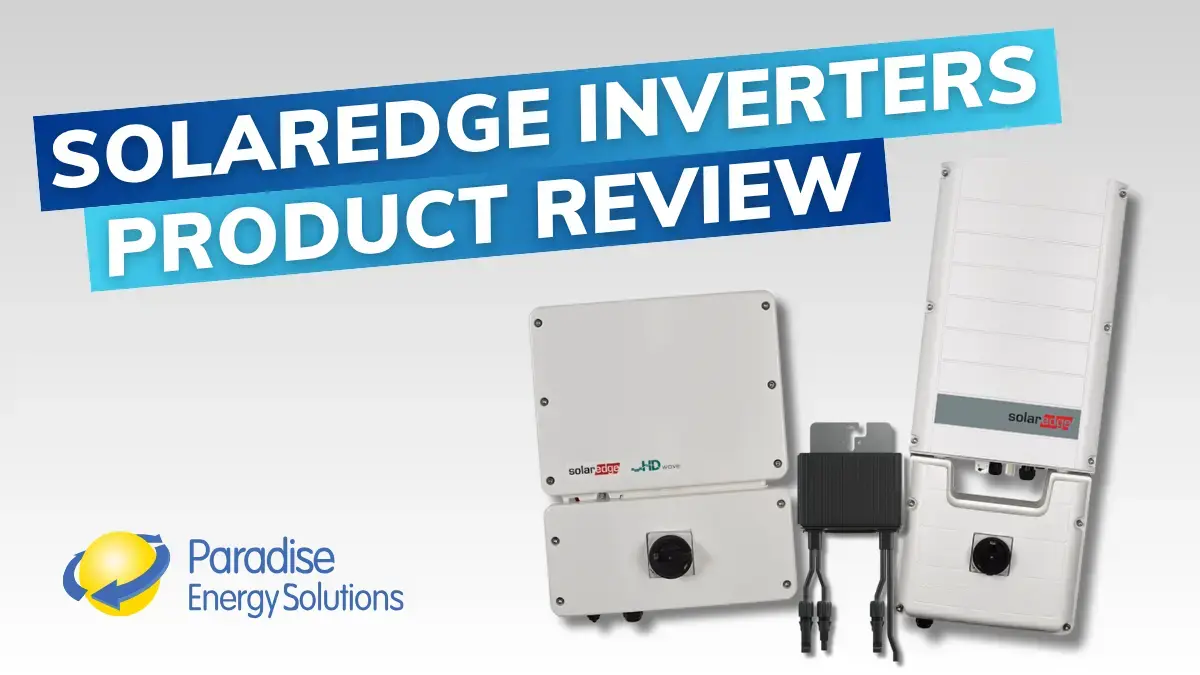Last Updated: July 9, 2025
There’s never a dull moment on the solar coaster, and the latest twist is a big one.
President Trump has signed the “Big Beautiful Bill” into law. While this sweeping legislation has a significant impact on many Americans, one of its most notable effects is on solar tax credits.
In this post, we’ll break down what the bill means for homeowners, business leaders, and farmers thinking about going solar. Spoiler alert: if you’re on the fence, now is the time to act.
What’s in the Final Version of the Bill?
Here’s a breakdown of where the solar tax credits stand after the passing of the Big Beautiful Bill:
Residential Solar Tax Credit (Section 25D): The End is Near
The 30% federal tax credit for residential solar energy is officially set to expire on December 31, 2025.
There is no “start of construction” clause, unlike those found in commercial systems. That means your solar system must be fully installed before the end of 2025 to claim the credit.
Commercial Solar Tax Credit (Section 48E): Safe Harbor or Miss Out
For agricultural and commercial solar systems, the situation is more complex but equally urgent.
Here’s what you need to know:
- The full tax credit is available until the end of 2027.
- Now until December 31, 2025, will be the easiest window to qualify for the tax credit before FEOC requirements start in 2026. To beat the FEOC requirements, construction must be started by 12/31/2025.
- Starting construction means either beginning physical work or “safe harboring” by spending 5% of your project costs, typically through the purchase of equipment.
- Once safe-harborred, you’ll have until December 31, 2029, to complete the installation and still claim the credit.
- Foreign Entities of Concern (FEOC) Requirements Kick In: Starting in 2026, a solar project will not qualify for tax credits under Sections 45Y or 48E unless at least 40% of the value of all manufactured products used in a solar project must come from manufacturers that are not prohibited foreign entities (China, Iran, Russia, and North Korea). That percentage will increase by 5% each year until it reaches 60% for facilities that begin construction after December 31, 2029.
Note: Safe harboring rules and FEOC requirements are subject to change based on pending guidance from the Treasury Department, which we’ve outlined below.
A New Twist: Executive Order Could Speed Up FEOC Rule Changes and Change Safe-Harboring Requirements
Just days after the Big Beautiful Bill was signed, President Trump issued an executive order on July 7 titled “Ending Market Distorting Subsidies for Unreliable, Foreign Controlled Energy Sources.”
This order instructs the U.S. Department of the Treasury to issue new guidance on FEOC and safe harbor rules within 45 days, rather than by the end of 2026 as initially stated in the signed bill.
While the executive order doesn’t eliminate tax credits outright, it does accelerate the timeline and raises questions about how long current safe harbor rules will remain in place. For commercial and utility-scale projects, this adds another layer of urgency.
The bottom line: If you’re considering commercial solar, safe harboring in 2025 is your only sure path to locking in current incentives.
Trump’s executive order will likely make it more challenging to obtain the tax credits than expected from the bill that was signed into law.
Why This Matters (And Why You Should Act Now)
These changes create significant pressure points for the solar industry and for anyone considering investing in solar energy.
- For homeowners, installation deadlines will fill up quickly as people are rushing to meet the December 2025 cut-off.
- For businesses, the deadline to safe harbor your project is December 31, 2025. To make this happen, you want to get the process started now.
- Supply chain issues may also arise as FEOC rules tighten restrictions on where materials can originate.
- Project economics will shift dramatically. Without the tax credit, payback periods get longer, and ROI drops.
What Happens to Your Investment Payback Without the Tax Credit?
Let’s break it down:
Homeowners
- With the credit, A 15 kW system costs around $43,890. With the 30% credit, your net cost is $30,723.
- Payback: 11 years with a 10.64% return on investment.
- Without the credit, you’ll pay the full $43,890. Payback jumps to 16 years, and ROI drops to 7.45%.
Businesses
- With credit and depreciation, A 100 kW system will cost around $223,900. Incentives reduce that to $103,309.
- Payback: 9 years with a 13% ROI.
- Without the credit (just depreciation), the net cost rises to $161,051. Payback stretches to 14 years, and ROI drops to 8.3%.
However, it’s essential to keep in mind that electric rates will continue to rise, making the payback on a solar investment increasingly attractive, even without tax credits.
What You Can Do Right Now
If you’re a homeowner, jump in now. Your window for completing your installation before December 31, 2025, is closing very quickly.
If you’re a business, you want to safe-harbor your project before the end of 2025 to lock in today’s tax credits and safe-harbor rules.
While the pending guidance from Trump’s July 7 executive order is unknown, utilizing the tax credits by safe-harboring your project will likely become more difficult if you wait to start until 2026.
Final Thoughts
This bill significantly changes the solar landscape. Whether you’re thinking about solar for your home, farm, or business, the window to act is closing.
If you want to take advantage of the federal tax credit while it’s still available, don’t wait. Get started now while the incentives are still strong and the deadlines are still within reach. Our team of local solar consultants are ready to help you determine if solar is right for you. Request your custom quote to get started.
